[Bilingual Reading] Three collections of Hunan Museaum shown on "National Treasure"
双语|厚重与飘逸:湖南的“国家宝藏”
Facebook page : Hunan Times
1月14日(本周日)19:30,湖南省博物馆登陆央视综艺频道《国家宝藏》栏目。皿方罍、辛追墓T形帛画、长沙窑青釉褐彩诗文执壶等三件镇馆之宝在节目中亮相。黄渤和王嘉、雷佳、何炅这三组将通过精彩演绎,带领观众走进楚国大地、探索绚烂多彩、历史悠久的湖湘文化。
Three collections of Hunan Provincial Museum were shown in the program of"National Treasure" of CCTV January 14. They are Min Fanglei, T-shaped painting on silk from Xin Zhui’s tomb and Brown colored porcelain ewer of Changsha Kiln. Famous actors, hosts and singers made wonderful interpretations of the splendid Hunan culture.
《国家宝藏》是央视联合9家博物馆打造的大型文博探索节目。每期从一家博物馆挑选出3件国宝,由明星当“守护人”,讲述国宝的“前世今生”,重现历史人物和场景。节目自2017年12月3日首期播出后,在观众中引起热烈反响,迅速刷爆朋友圈,成为“网红”节目。
National Treasure is a large-scale cultural exploration program jointly launched by China's Central Television (CCTV) and nine national museums. It will exhibit 27 of the most precious treasures from the nine museums – the Palace Museum, Shanghai Museum, Nanjing Museum, Hunan Provincial Museum, Henan Museum, Shaanxi History Museum, Hubei Provincial Museum, Zhejiang Provincial Museum and Liaoning Provincial Museum – across 27 episodes. Each episode presents three curators from nine museums nationwide by the stars as historical figures with scenes to tell about their past and present aiming to make national treasures come "alive".After the program was first broadcast on December 3, 2017, the program aroused enthusiastic response from the audience.
湖南省博物馆是湖南省最大的历史艺术博物馆,也是首批国家一级博物馆。闭馆整修五年,涅槃重生的新湘博从十八万余件馆藏中甄选出三件独具特色的国之重器——皿方罍、辛追墓T形帛画、长沙窑青釉褐彩诗文执壶,而黄渤和王嘉、雷佳、何炅这三组“国宝守护人”将通过精彩演绎,带我们一同走近三件国宝的前世今生。
Hunan Museum is the largest museum of history and art in Hunan Province. It is one of the first batch of national first-level museums and one of the first eight national museums co-funded by central and local governments. It covers 180,000 artifacts, which feature the cultural relics excavated from the world-famous Mawangdui Tombs of Han Dynasty, the bronze wares of the Shang and Zhou Dynasties, cultural relics of Chu State, pottery and porcelain works from various dynasties, calligraphy works and paintings, religious objects, handicrafts and cultural relics of modern times.
皿方罍的前世今生
The reunited Minfanglei, the adventure of the national treasure
1月14日 19:30,湖南省博物馆登陆央视综艺频道《国家宝藏》栏目。 该馆皿方罍、辛追墓T形帛画、长沙窑青釉褐彩诗文执壶等三件镇馆之宝将在节目中亮相。图为皿方罍。
Three collections of Hunan Provincial Museum are shown in the program of"National Treasure" of CCTV,January 14. They are Min Fanglei, T-shaped painting on silk from Xin Zhui’s tomb and brown colored porcelain ewer of Changsha Kiln. The photo shows Min Fanglei.
罍(léi)是流行于我国商代晚期至春秋中期礼器中的大型盛酒器。皿方罍器盖高28.9cm,器身高63.6cm。器盖铸有“皿而全作父己尊彝”八字铭文,呈庑殿顶形,器身则铸有“皿作父己尊彝”六字铭文。该皿方罍雄浑庄重,雕刻精美,富丽堂皇,反映了中国青铜器铸造鼎盛时期的高超技艺和摄人心魄的气势,被誉为“外形与内涵”兼具的“神品”,堪称“方罍之王”。
Lei (罍léi), a kind of large ritualistic wine vessel produced during the Shang Dynasty (1600 BC -1046 BC) is named 'Min' Fanglei due to the epigraphs engraved on the bottom of the vessel, it is the biggest of its kind ever found in China, with the total height of 88cm; length of mouth: 26.1cm; width of mouth: 21.6cm. The Minfanglei is considered to represent one of the greatest achievements in the golden era of Chinese bronze art during the Shang Dynasty.
黄渤(左)和王嘉作为“国宝守护人”,将讲述皿方罍的前世命运。Huang Bo (left) a famous actor and Wang Jia(right) a host act as "Guardians of National Treasures,"telling about the fate of theMin Fanglei.
On the lid carved an eight-word inscription: 皿而全作父己尊彝(皿:family name of the owner, 而全:given name of the owner, 己: posthumous name of the owner’s father, 尊彝:wine vessel )while on the jar body is an six-word inscription: 皿作父己尊彝. Featured with varied carving techniques, the container impressed people with its elegance and solemnity and was thus hailed as “King of all fangleis”. It was also considered a representative work of Shang Dynasty, the peak of Chinese bronze culture. Since its excavation in 1919, the body of the vessel had been separated from its lid for nearly a century until 2014,when it was brought from overseas and reunited with the other part. The whole antique is now collected in the Hunan Museum.
皿方罍1919年出土于湖南桃源县,当时中华大地灾难深重,皿方罍很快身首异处,器身不幸流落海外,辗转流失于数国古董商人之手。直至2014年,皿方罍器身才得以最终回归中国,由湖南省博物馆永久收藏。历经近一个世纪的身首分离,皿方罍“身盖合一,完罍归湘”,圆了湖湘乃至中国文博界、收藏界、艺术界希望流失海外重器重归故土的“大梦”,也见证了中华文化自强不息。
According to the recording of Taoyuan History During 1912-1949 (local historical materials), the Min Fanglei was unearthed in 1919 at Maoshanyu, Shuitian Village. In 1924, a man named Shi Yuzhang from Yiyang City, Hunan Province offered a high price for the body of the vessel and later had it carried away, resulting in its long separation from the lid. Having known that the Min Fanglei will be auctioned at the Christie’s, Hunan Provincial Government assigned delegates from museums, enterprises and collection fields to negotiate the purchase in New York City. On March 15th, the Hunan Museum officially addressed to president of the Christie’s office in Asia, expressing its strong willingness to bring back the antique. After strenuous efforts, a purchase agreement was eventually reached on March, 19th, 2014, ushering the reunion of two separated parts of the Min Fanglei.
音乐、帛画共同演绎辛追传奇
T-shaped painting on silk from Xin Zhui’s tomb
辛追墓T形帛画。T-shaped painting on silk from Xin Zhui’s tomb
1972年长沙马王堆一号汉墓锦饰内棺盖板上,覆盖着一幅彩绘的帛画——辛追墓T形帛画。这幅帛画用单层的细绢作地,绢地现呈棕色,呈T形,上宽下窄。其制作方法是用三块绢帛拼成,中间用一长条整幅的绢,再取相当于长条三分之一的绢裁成两半,分别拼缝在长条上部的两侧。
Unearthed in 1972 from Tomb No. 1 at Mawangdui, Changsha city, with the length 205cm, width at top 92cm, and width at bottom 47.7cm, the T-shaped silk painting is wider at the top and narrower at the bottom. It was then laid on the innermost coffin at the burial. It was composed of three layers of fine silk, the top of which was supported by a bamboo rod with silk ribbons tied to it.
节目中,知名湘籍歌手雷佳将用“最中国的声音”演绎“最中国的音乐剧”,吟出辛追夫人的离散苦悲。Lei Jia, a well-known Hunan singer, perfoms a chant for the story of Lady Xin Zhui.
帛画画面的上部,绘日、月、升龙及蛇身神人等图像,下部绘交龙及墓主人等图像,反映了封建统治阶级对未来生活虚幻的妄想。其出土对研究我国古代绘画的历史,具有重要的价值。
The silk painting could be raised up. The middle and the four bottom corners are decorated with tassels made of hemp in dark green color. This was a banner carried at the front in the funeral procession, and it was then laid on the innermost coffin at the burial. With the ink drawing and heavy-colored drawing techniques, the painting can be divided into the heavenly world, the human world and the underworld from the top to the bottom. (Tips:In the part of the heavenly world are the sun with its crow, the moon with its toad and rabbit, Zhu Long (a mythical god in heaven), the winged dragons and the heavenly guardians. In the part of the earthly world, the wife of Marquis of Dai, attended by three maids of honor, is ascending heaven slowly, and her family is offering sacrifices. In the part of the underworld, a giant is upholding the earth. This banner reveals the heavenly world as the ancient people imagined it, as well as their romantic view of the quest for eternal life.)
“表现了我国古代绘画艺术的最高水平。在我国古代绘画史上是难得一见。整幅帛画把神话、想象和现实生活完美地统一起来,无处不体现了古人对天国的想象和追求永生的幻想,堪称中华民族的艺术瑰宝!”这是辛追墓T形帛画的入选理由。
长沙窑诗文壶代表作:壶身以诗歌为饰
Brown colored porcelain ewer with poem design
长沙窑青釉褐彩诗文执壶。Brown colored porcelain ewer of the Changsha Kiln
唐代长沙窑青釉褐彩诗文执壶,高19厘米,是用于饮酒的酒壶。因有诗文刻于壶身而得名。
Date:Tang Dynasty(618-906 CE)
Dimensions: Height: 19cm
何炅(左)将担任长沙窑青釉褐彩诗文执壶的“国宝守护人”。He Jiong(left) a well-known host performs the poem on Brown colored porcelain ewer.
该壶壶口外翻,粗颈短流,背部装有一执手。瓜棱形腹,平底。以褐彩在流下腹部题写诗歌一首:“春水春池满,春时春草生,春人饮春酒,春鸟哢(lòng)春声。”以诗歌为饰是长沙窑装饰的重要特征,这件壶的诗文朗朗上口、趣意盎然、书法遒劲,表现了春天的生机,是长沙窑诗文壶的代表作。
The handled ewer was a utensil for pouring wine. Poem design was an important feature of Changsha Kiln porcelain decoration. The poem on this ewer is rather colloquial. Written in vigorous handwriting, it is typical of the artwork of the Changsha Kiln. The ewer’s mouth is inside-out and it has a wide neck, a short spout, a handle attached to its back, a melon-shaped body and a flat bottom. There is a poem written in brown on the front beneath the spout. It is a poem describing spring, which was commonly used in Changsha Kiln porcelain.
When it became warm and moist, plants started to grow while stretches of earth were covered with green. With birds chirping and flowers blooming, everyone was overflowing with vitality. “Celebrating Spring” is a common theme in ancient China, these kinds of poem portray the flourishing nature of Spring and people enjoying themselves in it. The poem on the porcelain is named “Drunk in Spring” which matches with the ewer’s function and subconsciously arouses people’s desire for wine.
Original link: 湖南省博物馆三件国宝亮相《国家宝藏》
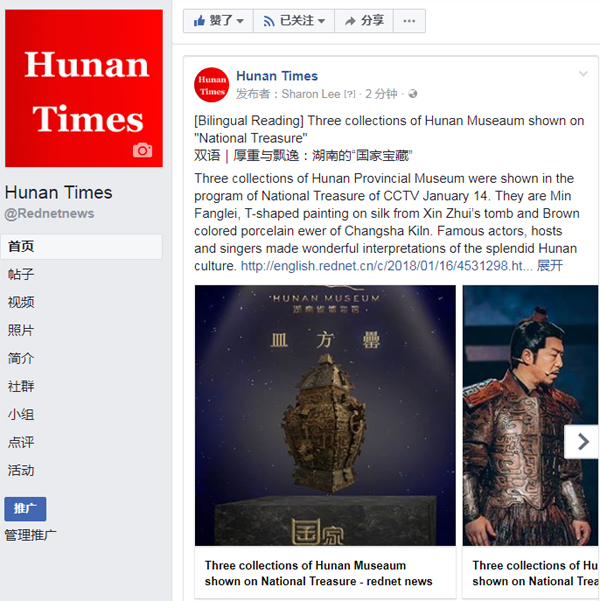
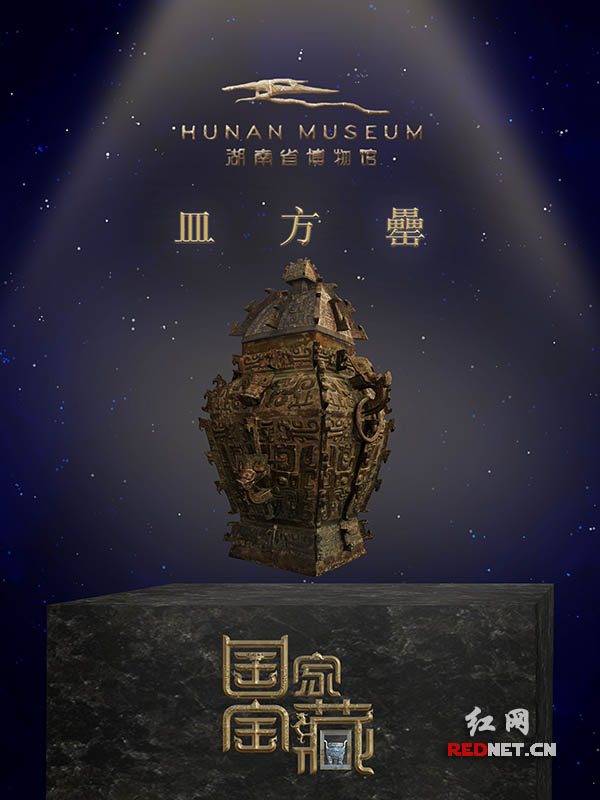
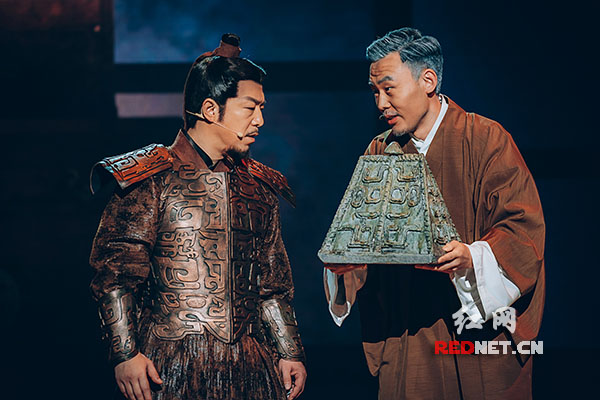
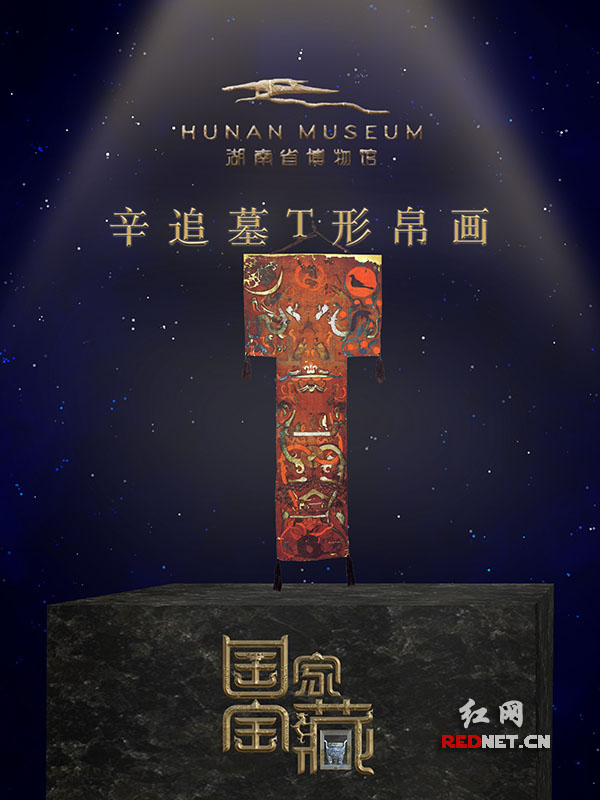
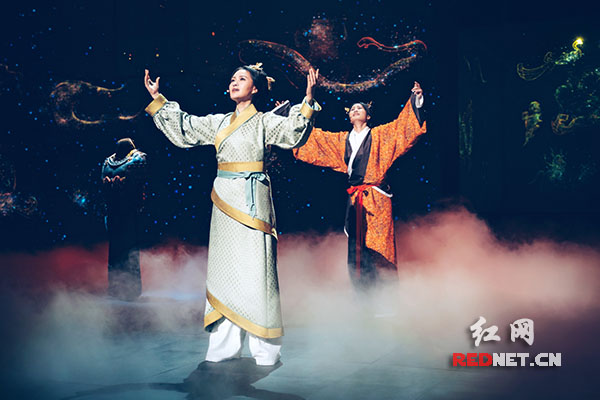

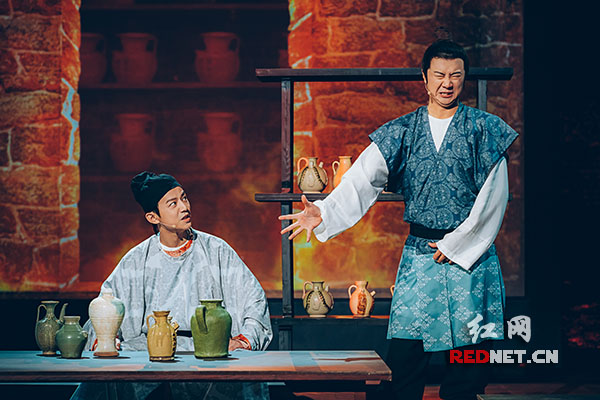
Three collections of Hunan Museum shown on National Treasure
Editor:李莎宁
Source:english.rednet.cn
Updated:2018-01-16 11:11:22
Source:english.rednet.cn
Updated:2018-01-16 11:11:22
Special
Contact
Welcome to English Channel! Any suggestion, welcome.Tel:0731-82965627
lisl@rednet.cn
zhouqian@rednet.cn











